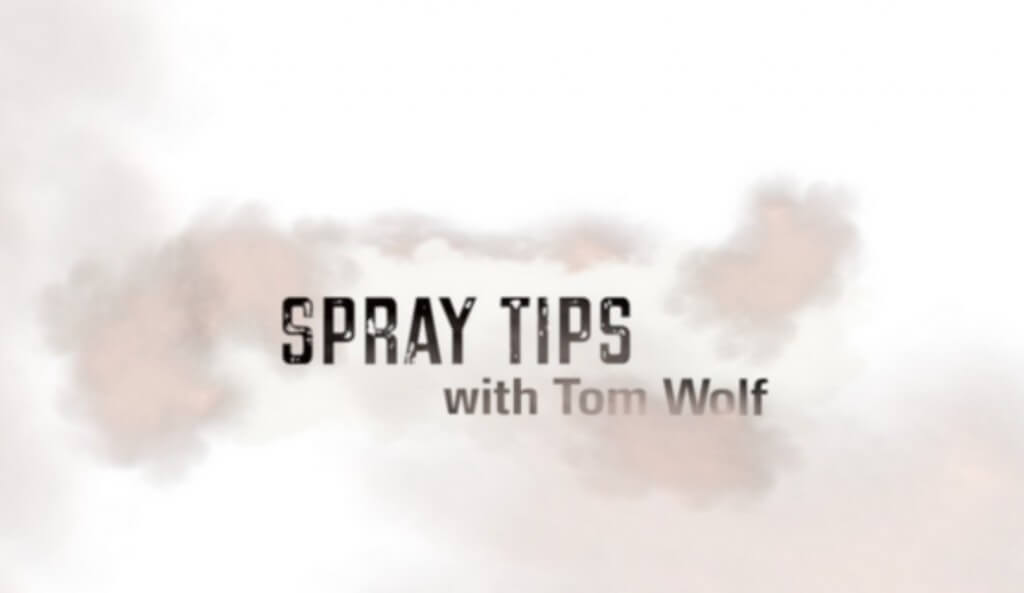
The importance of good spray coverage is emphasized in all kinds of agricultural publications, including product labels. But, according to Tom Wolf, “the labels are remarkably silent on what good coverage actually is and how you can actually measure it.” Tom goes on to explain that spray coverage can be defined using three main criteria: […]